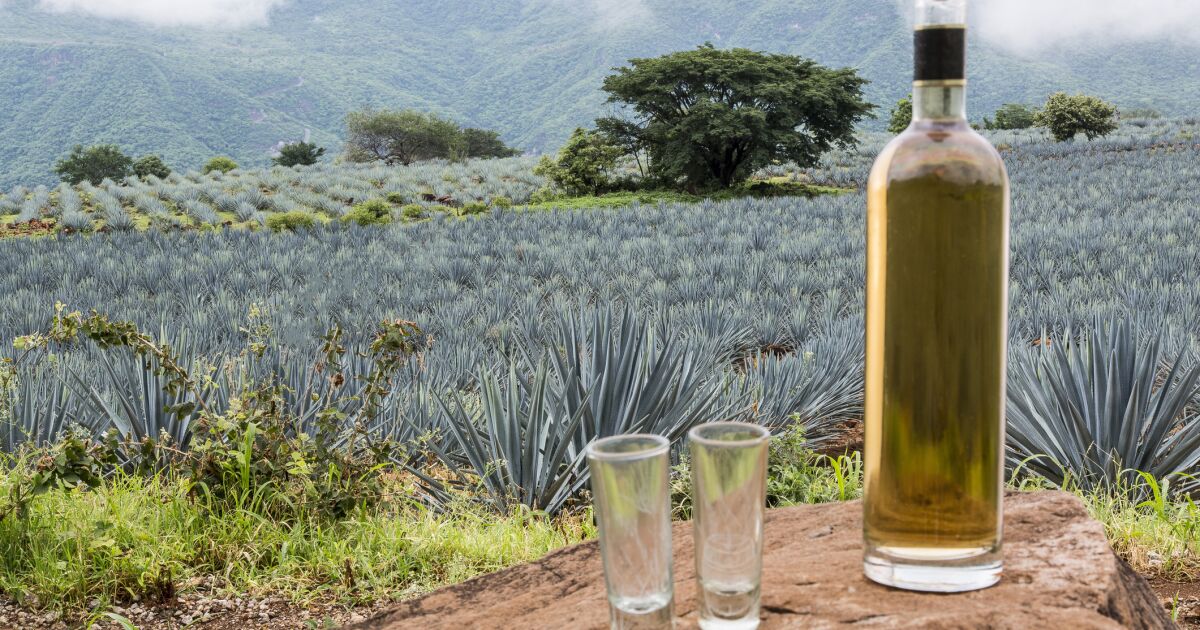1. Tequila has its origin in the cultivation of the blue agave, whose production method is based on mestizaje, incorporating pre-Hispanic processes and techniques originating in Europe, turning this drink into an icon of the new national identity.
(Photo: Ulises Ruiz/AFP)
2. Its production is limited to 181 municipalities in the country:
Jalisco: 125 municipalities
Nayarit: 8 municipalities
Guanajuato: 7 municipalities
Michoacan: 30 municipalities
Tamaulipas: 11 municipalities
3. Jalisco contributes nearly 75% of national production, which brought a profit in the state of 24.6 billion pesos, followed by Guanajuato, Nayarit, Michoacán and Sinaloa, which together accounted for 24%, for a total value of national production of 31.339 billion.
4. Tequila exports represented a profit of 2,355 million dollars, only behind beer in 2022.
5. In 2022, exports amounted to 420 million liters, where the main market was the United States with 85%.
6. By 2016, the Tequila Regulatory Council, together with the Mario Molina Center and the tequila agroindustry, developed the Sustainability Strategy for the Agave Tequila Productive Chain with goals set to be achieved between 2025 and 2030, including deforestation-free production, reducing water consumption per unit of production by 15%, lowering CO2 emissions per liter by 25%, and increasing renewable energy consumption by 12%.
7. For a drink to be considered tequila, it needs:
-Having been produced in the areas authorized by the Designation of Origin.
-Having been made from the Agave tequilana Weber blue variety.
-Having followed the production methods indicated in the Mexican Official Standard NOM-006-SCFI-2012.
-Have an alcohol content between 35% Alc. Vol. and 55% Alc. Vol. and comply with the physicochemical parameters of the Mexican Official Standard of Tequila.
8. There are six types of tequila: 100% agave, white, young, aged, aged and extra aged.
9. 2022 has been the best year for national tequila production.
10. Tequila exports have almost doubled in the last six years.
With information from the Tequila Regulatory Council, the Government of Mexico, HSBC and Statista












